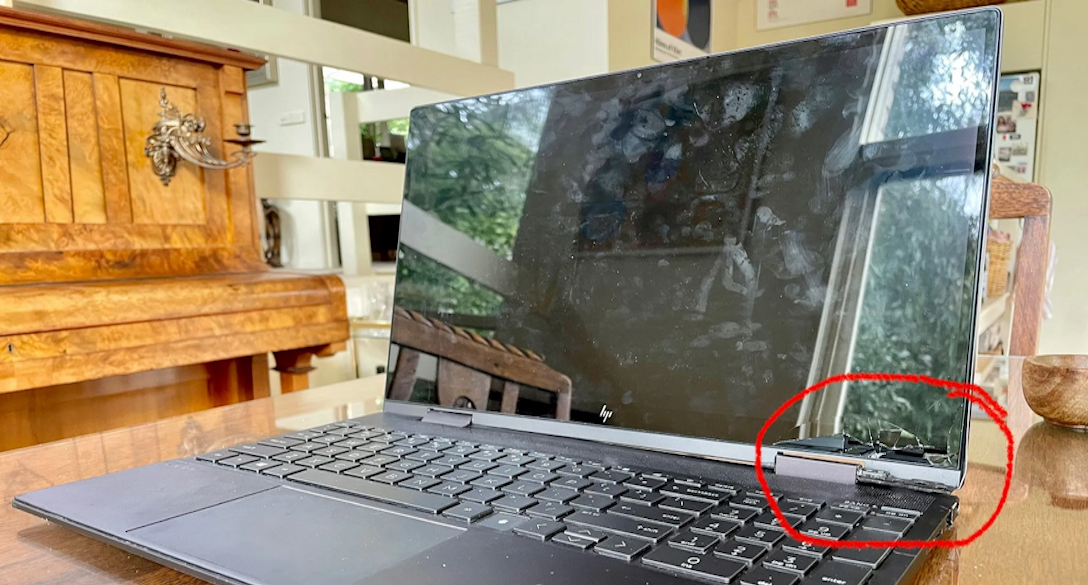Pay transparency would help close NZ’s gender gap – why is progress so slow?
- Written by Emma Hitchcock, PhD Candidate in Management, Auckland University of Technology

Announcing her government’s plan to disestablish the Equal Pay Taskforce[1] in May, Minister for the Public Service Nicola Willis argued the “process for settling pay equity claims has now matured” enough that the taskforce was no longer required.
Only a week earlier, New Zealand had praised the taskforce’s work in reducing pay gaps for women, Māori and Pacific people, during the United Nations’ five-yearly review of the country’s human rights record.
To maintain progress, the UN recommended[2] New Zealand introduce “pay transparency” legislation. Essentially, this would require employers to openly share the pay or pay ranges of different jobs, making gender gaps harder to disguise and justify.
However, the government has just announced[3] it will not introduce Labour’s pre-election promise[4] to provide mandatory gender pay gap reporting. Instead, it plans a voluntary reporting system for businesses, despite studies[5] showing mandates are more effective.
Increasing transparency and access to this information would mean employees can find out what others earn – and negotiate accordingly. Many governments are legislating for pay transparency through equal pay audits, pay gap reporting, and gender-neutral job classification systems.
To that end, the Labour opposition spokesperson for workplace relations and safety, Camilla Belich, has introduced the Employment Relations (Employee Remuneration Disclosure) Amendment Bill, aimed at supporting a path to pay transparency[6].
The bill has only had its first reading in parliament. But if enacted, it would stop employers using confidentiality agreements to prevent employees discussing their pay, and would ensure such information was available to challenge cases of pay discrimination.
Although this is a positive step, we need to be wary of assuming pay transparency on its own is a magic wand to fix the gender pay gap.
Gender not the only factor
New Zealand’s gender pay gap – the difference between the median hourly earnings of women and men – is comparatively small, but it is persistent.
In 2023, it was 8.6% overall[7], but is worse for Māori (28.6%), Pacific (31.3%) and Asian (34.1%) women. The Human Rights Commission and others have argued[8] ethnicity should be included in pay transparency requirements.
The past few years did see some gains, however, with pay equity settlements for early childhood teachers[9], nurses[10] and social workers (among others). The previous government’s 2023 budget also incorporated a “gender lens[11]” to address structural inequalities.
But the National-led coalition’s first budget in May offered minimal support for gender equality, and was criticised[12] for the impact this will have on women and minority groups.
However welcome pay transparency legislation might be, then, it has to be seen in the wider context. My research[13] has found pay transparency is a complicated issue, and can only work as one element in a “toolbox” of related policies and actions.
This is because women face additional, compounding barriers to equality beyond just gender. Ethnicity and socioeconomic circumstances also overlap and intersect with one another to create a more complex picture of inequality.
Researchers sometimes refer to this as “intersectionality”. My findings suggest pay gaps need an “intersectional lens”, as well as a gender one, when addressing how a lack of pay equity affects different groups.
Why pay secrecy persists
As part of my research, I spoke to policy makers, policy analysts and human resource managers who were actively engaged in working on the gender pay gap. I asked whether pay transparency was key to closing the gap.
Overall, they thought pay transparency was a useful tool, but more complex in practice than people assume. Three main points emerged from the research:
pay transparency is an essential component of closing the gender pay gap
it is complicated by the many and varied forms of gender discrimination within societies and organisations
unless we make the deeper system changes required, pay transparency alone will not eliminate the pay gap.
In short, persistent pay gaps are underpinned by strong social, economic and historical forces. There is resistance to changing or challenging the status quo, benefiting already privileged and advantaged groups.
Pay transparency makes it harder to justify some of the biases inherent in this situation. Pay gaps exist, in part, because “pay secrecy” benefits organisations. When workers know what others are being paid, it is harder for employers to avoid addressing pay discrimination.
But pay secrecy is also enabled by the way organisations report remuneration levels. Real differences can be hidden behind pay “bands” or ranges, and through data manipulation.
Difficult, detailed problems like these make it likely progress on closing the gender pay gap will be slowed by the disestablishment of the Equal Pay Taskforce, and by removing the gender lens in government budgets.
In particular, attention needs to stay focused on the systemic gender pay gaps within businesses and other organisations. While change can come from within, it is clear progress is faster with the backing of government policy and enforcement.
References
- ^ disestablish the Equal Pay Taskforce (www.rnz.co.nz)
- ^ UN recommended (tikatangata.org.nz)
- ^ announced (www.rnz.co.nz)
- ^ pre-election promise (www.beehive.govt.nz)
- ^ studies (hdl.handle.net)
- ^ path to pay transparency (www.labour.org.nz)
- ^ 8.6% overall (www.ird.govt.nz)
- ^ others have argued (www.nzherald.co.nz)
- ^ early childhood teachers (www.education.govt.nz)
- ^ nurses (www.tewhatuora.govt.nz)
- ^ gender lens (theconversation.com)
- ^ criticised (www.scoop.co.nz)
- ^ research (hdl.handle.net)













